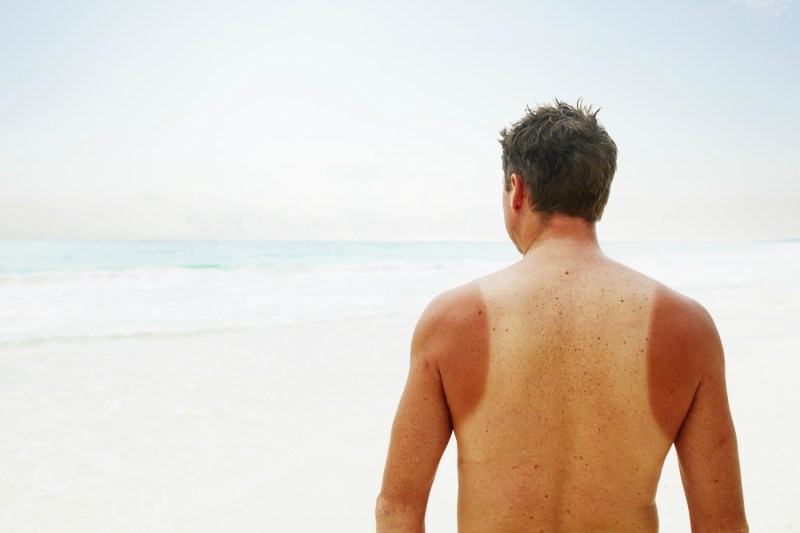
So, you didn’t listen to us (or your mom, or your doctor, the FDA, or the CDC). You spent an absolutely glorious sunny day at the beach, on a hike, day drinking at a pool party, or whatever was the outdoor activity of your choice. Maybe you were feeling good enough to shed that shirt, and you completely forgot to bring a hat (hopefully this wasn’t also your first day at the nude beach), and now your skin is fried. The sun damage is done.
The red, painful, sometimes swollen skin you get after being exposed to the sun for a period of time? Yep, that’s a sunburn. Lucky for you, we talked to Tribeca Skin Center’s Dr. Paul Cellura about what exactly is going on with your skin right now and what you can do about it to remedy the pain and peeling. First off, here are the best men’s sunburn relief products to ease the sunburn pain.
Related Guides
Advil Coated Tablets Pain Reliever and Fever Reducer
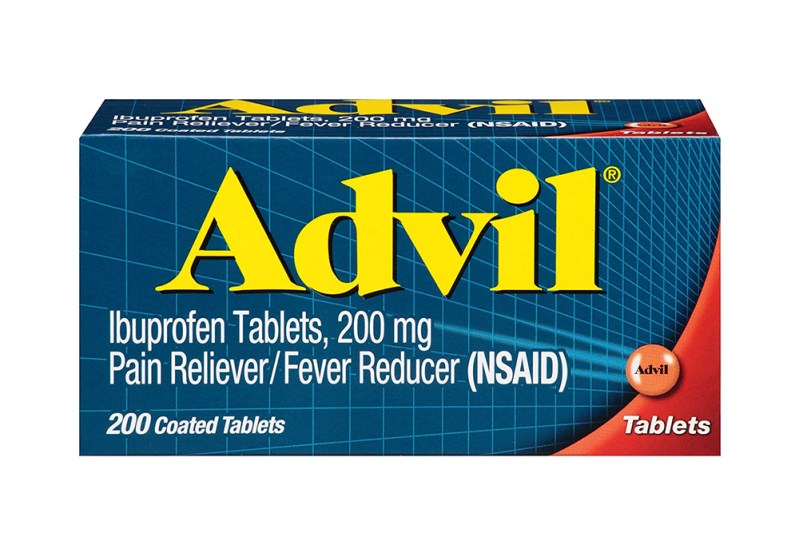
“Taking NSAIDs such as ibuprofen can decrease pain and reduce redness,” notes Cellura. Though take note: Most dermatologists recommend taking ibuprofen only within 24 hours of a sunburn.
Coola ER + Radical Recovery After-Sun Lotion
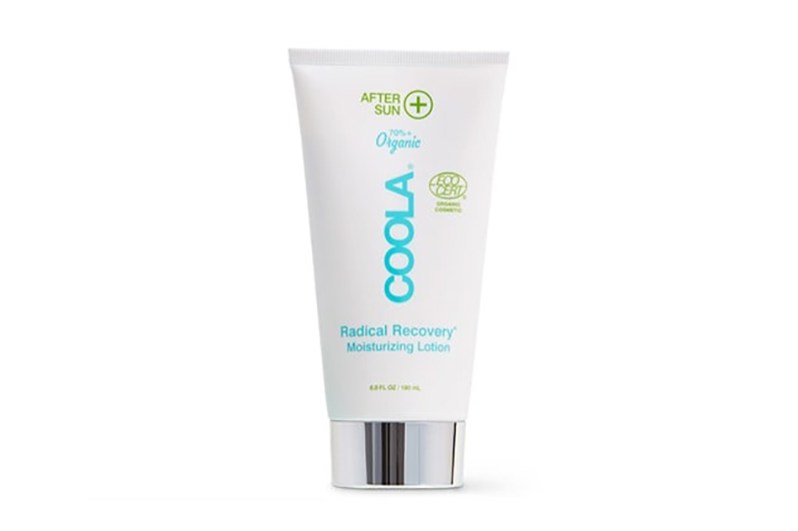
Coola makes some of the best sunscreens in the industry, so it’s no surprise that they make some incredibly effective sunburn lotions like this one, which contains natural ingredients like aloe vera, lavender oil, and sunflower oil to relieve redness.
Fruit of the Earth Aloe Vera 100% Gel
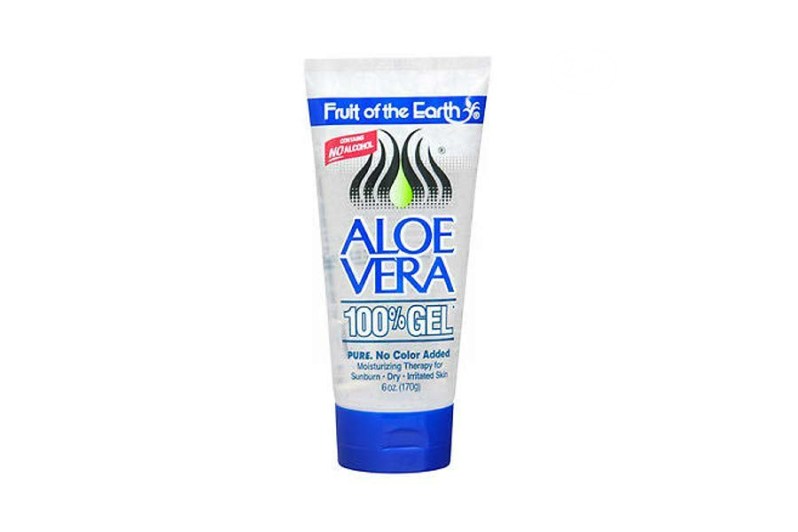
Sooth that burn with Fruit of the Earth, a pure aloe vera gel that’s fragrance and color free, focusing on moisturizing and restoring your skin. The light, clear gel helps heal while providing a protective barrier that retains moisture. Best of all, it can double as an all-natural shaving gel or hair styling gel! Go ahead, get two — you’re gonna need them.
Quaker Oatmeal
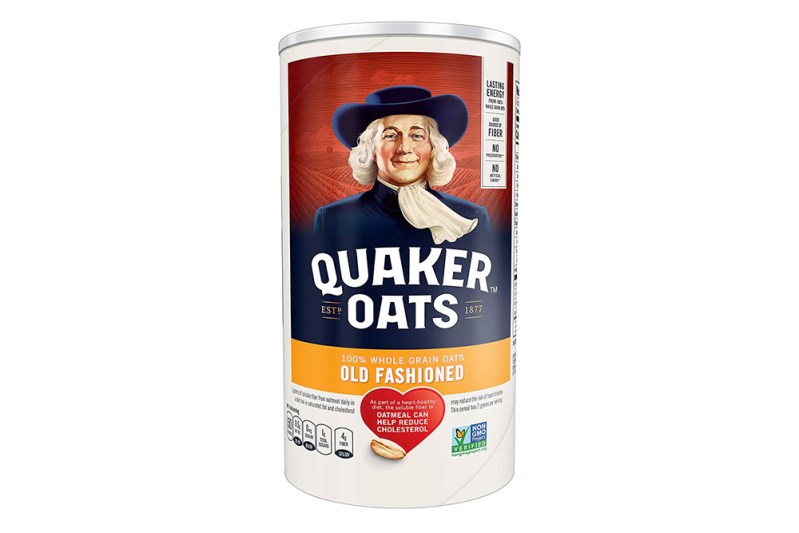
You may already have this sunburn remedy in your pantry. Oatmeal is packed with antioxidants that help treat inflammation and redness. Simply combine it with a cup full of milk, then apply it to your burn twice a day.
Arm & Hammer Baking Soda
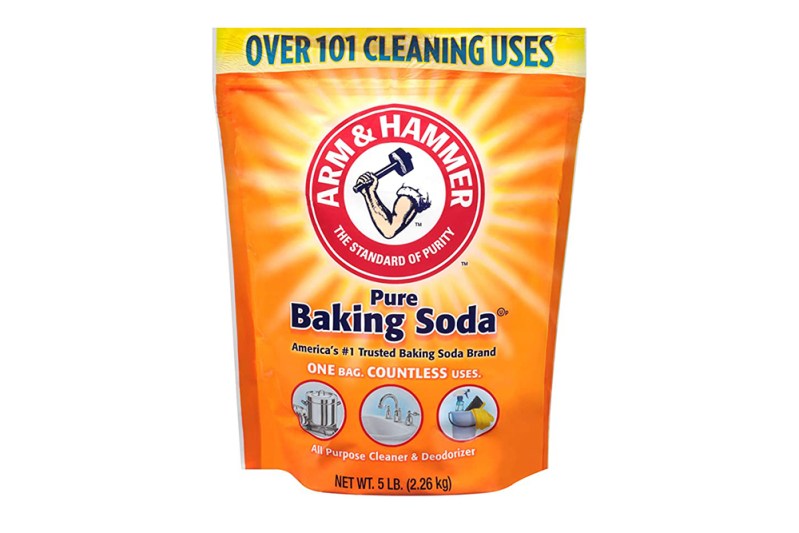
Looking to take a cold bath to take the edge off your burns? Add in some baking soda, which features antiseptic ingredients that can help reduce itchiness and redness.
ShiKai CBD Body Lotion
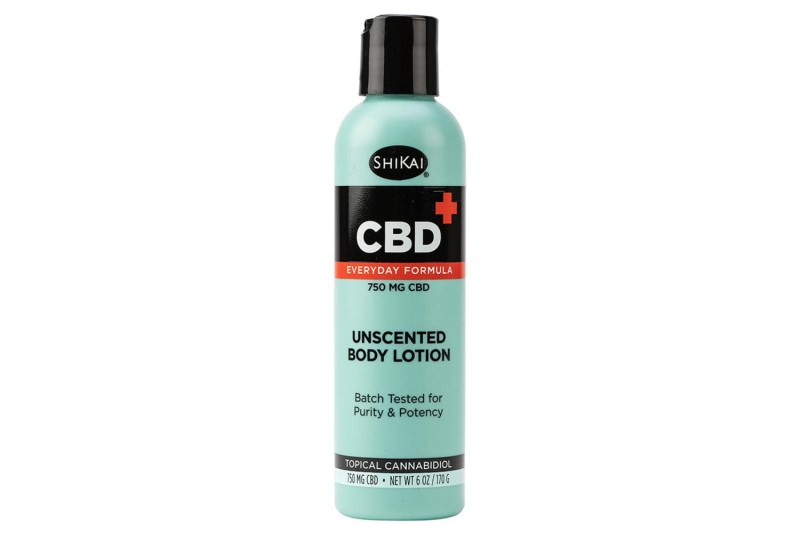
So, yeah, CBD is definitely the ingredient du jour, used in everything from cocktails to pain relief patches. The compound’s anti-inflammatory effects can be great for burns, plus it also helps to reduce pain. ShiKai’s CBD lotion is non-greasy and incorporates aloe vera, vitamin E, and other essential oils to nourish the skin and shea and cocoa seed butter to soften.
Korres Greek Yoghurt After-Sun Cooling Gel
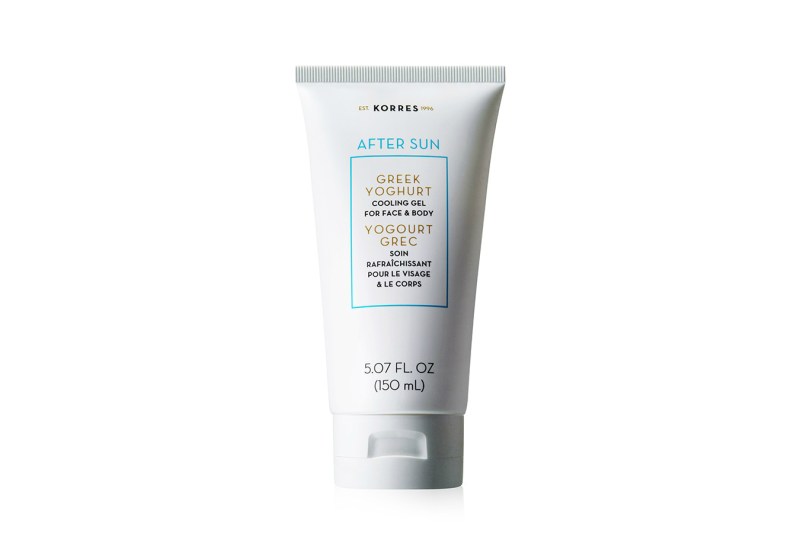
Milk actually does do a (sunburned) body good. Try a cold milk compress: The cool liquid pulls heat away from the skin, while vitamins A and D in the milk offer antioxidant healing power, and lactic acid helps exfoliate away some of that dead skin. Back that up with this yogurt-based gel that hydrates the skin, reduces redness, and (hopefully) prolongs your tan.
Clarins After Sun Gel Ultra-Soothing
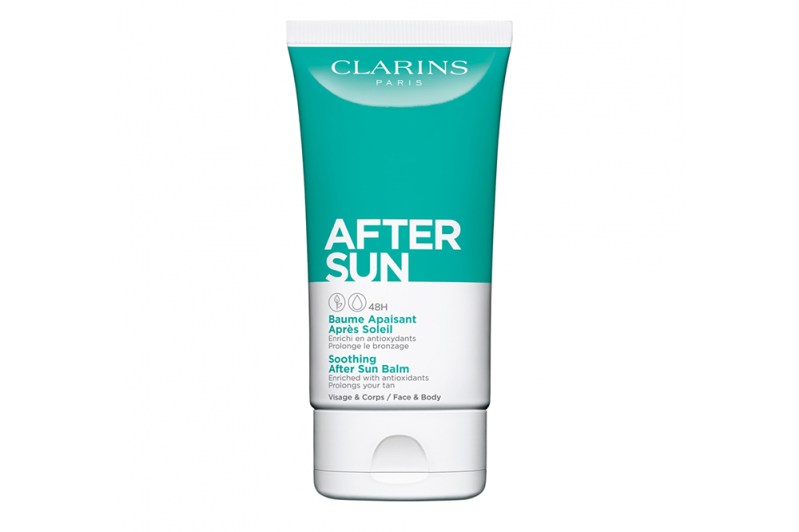
What would summer be without watermelon? Our favorite slippery, messy, sticky picnic snack also happens to be one of the key ingredients in Clarins’ refreshing gel, designed to help sun-stressed skin. It also includes sunflower (rich in vitamin E) and mimosa tenuiflora (said to be used by the Maya to treat their skin) to reduce redness and peeling. The moisture-replenishing formula leaves skin soft and comfortable (and sadly, your wallet a bit lighter).
Solarcaine Cool Aloe Burn Relief Spray With Lidocaine
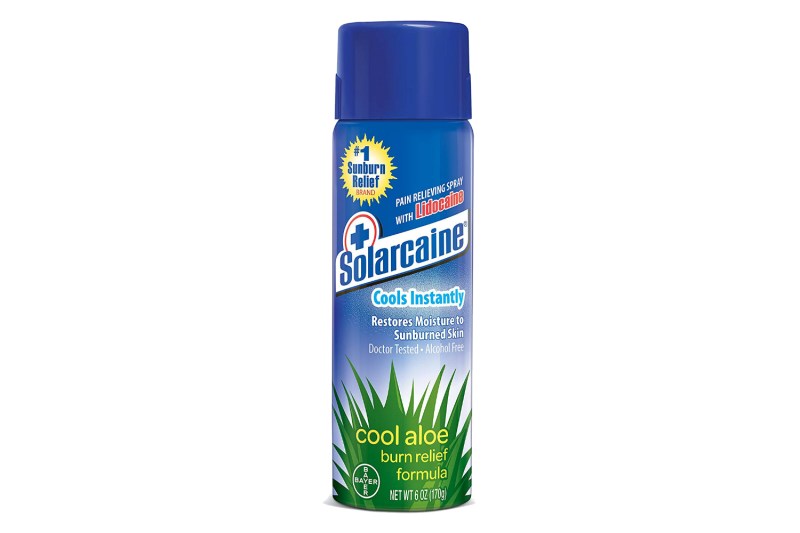
If, despite Dr. Cellura’s recommendation, you just can’t wait for the pain to go away — and you’re pretty sure your skin isn’t sensitive and you won’t have an even worse reaction than the sunburn — classic Solarcaine includes topical local pain anesthetic lidocaine, effectively blocking your skin’s nerve signals. It also includes some of our soothing hero ingredient, aloe vera, all in an easy-to-use spray. As with all products, read and follow the usage guidelines very carefully.
What Is a Sunburn?
“A sunburn is due to overexposure of ultraviolet (UV) light from the sun,” says Cellura. “This results in skin tenderness and redness. If severe, blistering, swelling, chills, and peeling may occur. On a cellular level, the DNA is being damaged by the overabundance of UV exposure which, over time, may increase the risk of developing skin cancer.”
So how can we treat it?
How to Treat Sunburn
“Most importantly, get out of the sun to prevent further damage. Using cool compresses or taking cool showers can be soothing. Moisturize with fragrance-free aloe vera (keep in the refrigerator for extra cooling) and stay hydrated,” Cellura recommends. “In severe, rare cases, use of steroids or even hospitalization may be required. Avoid peeling at the skin and simply moisturize to allow the sloughed skin to come off naturally. Some patients believe getting a ‘base tan’ can be beneficial, when in fact, any sunburn can be damaging to the skin.”
Let’s keep that in mind now and not when we’re eyeing up mysterious spots, moles, or blemishes later this year or wrinkles and age spots down the road. Sure, you’ll visit a dermatologist then, but do you really need to worry about getting to a doctor right now for something as simple as a sunburn?
“It may be wise to visit a doctor if the sunburn is severe, especially if you are experiencing symptoms such as chills, malaise, and extreme pain,” says Cellura. “In rare instances, hospitalization may be required in order to correct electrolyte imbalances and properly treat the burn.”
Speaking of medical treatments, “It’s important to remember that certain medications can make you more susceptible to getting a sunburn,” Cellura points out. “Some common photosensitizing medications include doxycycline, isotretinoin, tretinoin, hydrochlorothiazide, amiodarone, furosemide, glipizide, and glyburide, to name a few.”
Cellura also says that, in addition to ibuprofen, hydrocortisone cream can be a helpful anti-inflammatory, too. “I would avoid lidocaine or benzocaine products as they can irritate the skin and may even induce an allergic reaction. I would also avoid any thick ointments such as Vaseline or Aquaphor in the initial stages of sunburn as, due to their thickness, they may trap heat,” Cellura cautions.
Planning a trip next weekend? Bring the sunblock, keep your shirt on, wear a hat, and bring an umbrella.


